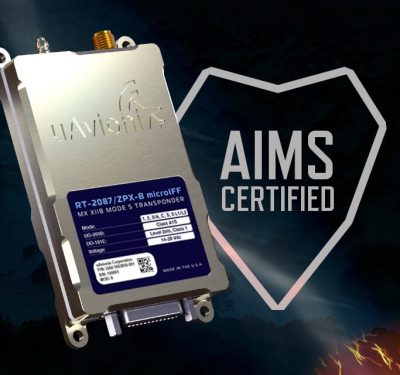Someday, U.S. soldiers fighting in the streets of a sprawling megacity will need an airdrop of ammunition, food, or water that can’t be safely delivered by ground convoy or helicopter. But the supplies parachuting from the skies won’t have to rely on GPS signals that suffer from inaccuracy in cluttered city environments or can be disrupted by enemies. The U.S. military has been testing new supply airdrops that can automatically aim for a precise landing based on images of the target area. Recent tests of the U.S. Army’s Joint Precision Airdrop System (JPADS) have been trying new navigational software—developed by the Draper Laboratory in Cambridge, Mass., and other companies—to achieve GPS-style accuracy with images alone. The software figures out its current location by comparing ground terrain features, such as trees or buildings seen by onboard cameras, with the latest satellite or drone images of the target area in its database. That allows the software to accurately guide the descent of the parafoil-equipped cargo as it glides toward the ground. It’s all part of a broader effort by the U.S. military to test computer-driven versions of old fashioned navigation by sight. “It’s […]







